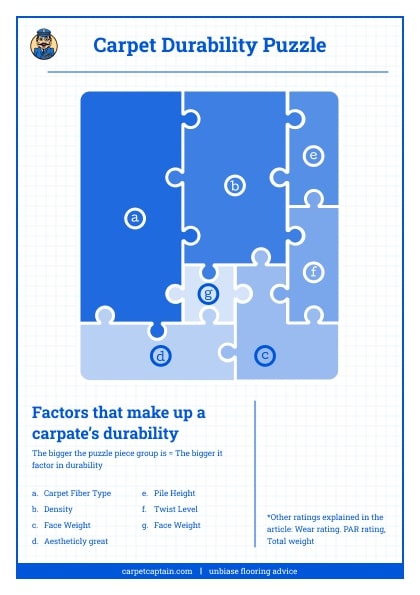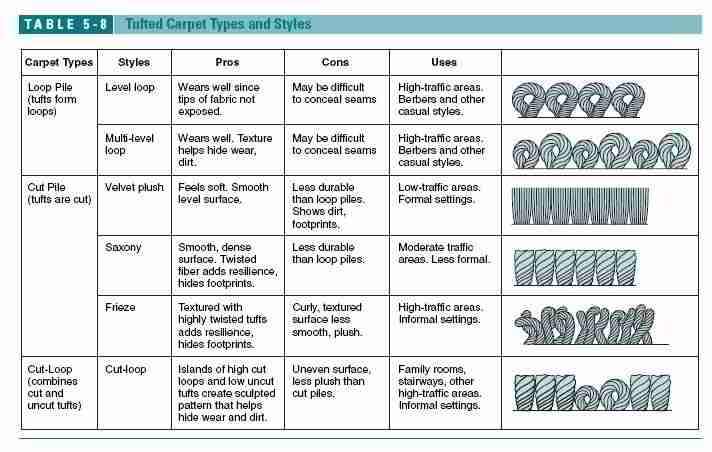A higher face weight means more yarn says grable and more yarn makes for a longer lasting product as an example within one product line the good level carpet has a face weight of 40 oz.
Carpet gauge vs face weight.
Pile height the thickness of the carpet from the backing to the surface is one of the factors that determines the face weight of your carpet.
A carpet with a low density number risks uglying out before it actually wears out.
A carpet s density is a measure of the weight of the pile yarn corrected for the height of the yarn.
Obviously styles of carpet are constructed differently and you cannot make comparisons of two different construction styles based solely on face weight for example berbers tend to have lower face weights than saxonies because of their low pile and relatively low number of fibers a very good quality berber carpet might have the same face weight as a saxony of.
Take my free carpet foot traffic test to see what grade of carpet may be best for your application.
You can have a carpet with virtually no twist or one with 5 twists.
For high quality carpet face weight is typically 32 ounces per square yard or higher.
For most commercial applications a carpet density of 4 000 to.
As a general rule the shorter the carpet pile and the lower the face weight the more durable it is as it s less likely the yarn will crush and show signs of wear due to foot traffic.
Twist is the number of twists in the yarn per inch.
So a 1 10 gauge carpet with 10 stitches per inch means there are 100 stitches in one square inch of the carpet.
For example a 35 ounce face weight carpet with a half inch pile height would have a pile density rating of 2520 35 x 36 divided by 5 2520.
The higher this number the denser the carpet.
Density is also influenced by the number of tufts per inch when counting across a width of carpet.
The gauge of a machine does not change but the stitch rate can.
Weight and carpet style.
Here is the formula.
The last consideration is face weight weight of the carpet pile per square yard.
The best level weighs in at 63 oz.
The face weight refers to the amount of ounces of fiber per square yard and the more the better.
Most carpets have a face weight somewhere between 20 ounces and 100 ounces but the average face weight for a residential carpet is about 35 to 60 ounces.
Depending on other features of your carpet a lower or higher face weight may be required.
For a given carpet weight lower pile height and higher pile yarn density will yield the most performance for the money.
You want at least a 35 ounce face weight carpet for maximum durability.
Fiber face weight is not the same as total carpet weight which includes the weight of the carpet backing and the fiber face weight.
Never choose a carpet that has less than 20 oz face weight.
Fiber face weight x 36 divided by pile height in decimal form pile density.




























